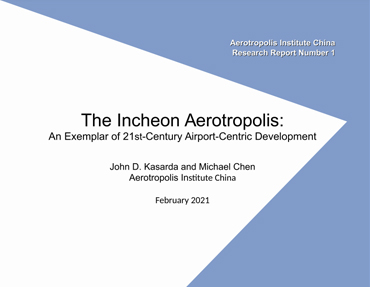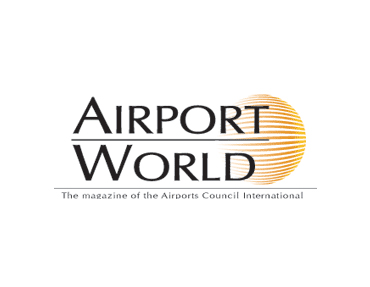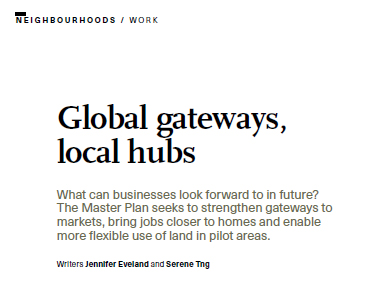Linked below are selected publications by Dr. John Kasarda addressing the basics of airport city and aerotropolis planning and development as well as articles on his work and that of Aerotropolis Business Concepts LLC. A more comprehensive set of publications can be found at www.aerotropolis.com.

Centered on Incheon International Airport (ICN), South Korea's Incheon Aerotropolis is a global leader in aviation-linked commercial development and smart technology applications. This report details the evolution of ICN, its Air-City, and key outlying nodes such as Songdo International Business District (Songdo IBD), drawing lessons for the planning and development of other airports, airport cities, and aerotropolises around the world.

How are the world’s airport city/aerotropolis developments faring? Some hugely ambitious projects in the Asia-Pacific region come under the microscope in the first of a two-part global review by Dr John Kasarda.

Airport City and aerotropolis developments in Europe, the Americas, Africa, and the Middle East are updated. Consideration is also given to the implications of the coronavirus for the future of aviation and what the combined 2020 health, economic, and aviation crises portends for airport city and aerotropolis development.

Thailand is investing nearly US$50 billion in its leading export-oriented economic region, the Eastern Economic Corridor. Resources are being targeted to develop Bangkok's third international airport, upgrade road, rail, and seaport infrastructure, and generate quality urban development including new cities and innovation districts following aerotropolis principles.

Definitions, key components, and underlying drivers of the aerotropolis and aerotropolis model are presented along with planning principles, critiques, and counterpoints.

This article provides updates as of early 2019 on the Zhengzhou Airport Economy Zone in Zhengzhou, China. The updates focus on investment and industrial development in the Zone that have added to its reputation as China's Aerotropolis.

Singapore's urban planning agency interviews John Kasarda on the aerotropolis concept and how it is being applied by Singapore Changi Airport and its surrounding region.

The aerotropolis model is being widely adopted throughout China with more than 100 of its airports and their surrounding areas applying its principles. Leading the way is the Zhengzhou Airport Economy Zone whose remarkable achievements since 2013 in industrial investment, economic output, and aviation-linked trade have earned the reputation as China's Aerotropolis.

The airport as the heart of a city. That is the proposal of John D. Kasarda, one of the most prestigious voices in the design of international air terminals, to take infrastructure projects to the next level: highly competitive economic zones that trigger unprecedented urban and commercial development.

Norway’s Oslo Airport soon won’t be just an airport; it will be a city, too. And some of the inspiration for the concept can be traced to North Carolina.
Time Magazine, 2011
John D. Kasarda
John D. Kasarda
John D. Kasarda
John D. Kasarda
John D. Kasarda
John D. Kasarda
John D. Kasarda
John D. Kasarda